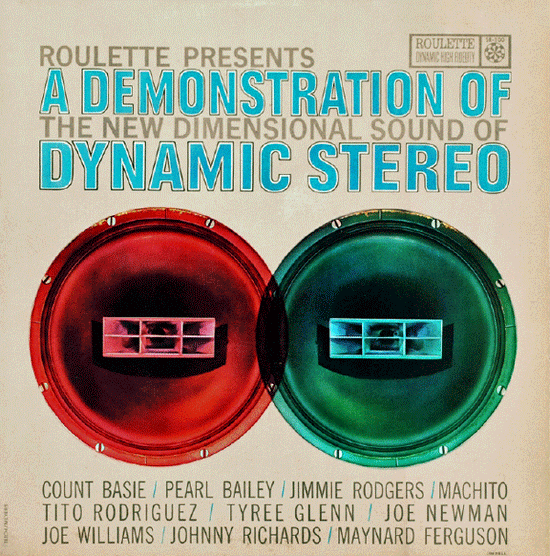To put it simply, a mixture of carbon and PVC is what gives a vinyl record its black colouring. The PVC pellets that make up the record itself are actually completely transparent!
In this article, we'll take a closer look at the history of vinyl records and how they're made in order to properly answer this question.
A Brief History of Vinyl Records
Vinyl records were first introduced in the 1940s as a replacement for shellac records (also known as 78s), which were fragile and prone to breaking. Read more about shellac records. Vinyl was a more durable material that could withstand the wear and tear of repeated play. The new format quickly caught on and became the dominant medium for recorded music.
Initially, records were made using a mix of black carbon and other materials, resulting in a dark brown colour. However, in the late 1940s, a new type of vinyl called PVC (polyvinyl chloride) was developed. PVC was cheaper and easier to produce than the earlier vinyl compounds.


How Are Vinyl Records Made?
Records are made using a process called pressing. The process starts with a master recording, which is a high-quality recording of the music that is used to create the stampers used in the pressing process.
The master recording is used to create a lacquer disc that is coated in a layer of silver. This silver layer is then coated in a layer of nickel, which creates a negative image of the music. The nickel disc is then used to create a stamper, which is the metal disc that is used to press the grooves into the vinyl.
The vinyl is heated and pressed between the two stampers, which creates the grooves that contain the music. The grooves are then cooled and trimmed, and the vinyl record is ready to be packaged and shipped.
If you’d like to understand this in more depth, you can read our post on how vinyl records are made.
So Why Are Vinyl Records Black?
As mentioned earlier, vinyl records are black because of the type of material used in their production. PVC, the material used to make vinyl records, is naturally clear. When PVC is mixed with other dyes, it can produce a range of colours, but black is the most common and the most economical.
Early in a record’s production, carbon is added to the PVC, resulting in the record’s black colouring. One of the main reasons behind adding carbon to the mix here is longevity. Carbon adds strength and durability to the PVC, resulting in a much more dependable final product.

There are many other reasons why the addition of carbon-based materials aids the production of vinyl records – however, some of them are still hotly contested. For example, some people believe that carbon acts as a dry lubricant for the record and that it aids in reducing friction within the grooves of the record. This assists in the reduction of static and dust buildup on records.
There is very little if any evidence to suggest that this is indeed the case when it comes to the manufacturing of records, but it is one of the more popular arguments for why the use of carbon is more than just colour-related when it comes to creating records.
There are, however, some exceptions to the rule. Many vinyl records are produced in other colours, such as white, clear, yellow, and red - the list is practically endless. These coloured vinyl records are often used as limited-edition releases or special editions, and they can be more expensive than black vinyl records.

You have probably seen a variety of record colours other than black, as they are often displayed as eye-catching storefront pieces, or to promote a new release of some kind.
Some of the manufacturing techniques used to acquire these colours can become a lot more costly than producing a regular, black record - and some even prefer the more timeless look of a black record.
A point of debate amongst record enthusiasts also involves how black vinyl records play compared to their colourful counterparts. It is widely believed that the audio quality of a coloured record is reduced when compared with black records.
This is because multiple types of dye have to be added to the PVC in order to create the desired colour. It is this layering of additional ingredients that dampens the clarity of the finished product’s playback. This issue particularly presents itself with splatter or multicoloured vinyl, because there are multiple dyes needing to ‘mix’ together across the record.


It’s also true that damage and scratches are significantly easier to see on a black record, especially when held up to a bright light. With coloured vinyl and even more so with a picture disc, a play test is required to understand the overall record condition.
Despite the arguments above, there are many collectors who would agree that coloured vinyl sounds just as good (and retains its quality) just as well as a black record.
It is a worse story for sound quality on a picture disc. Picture discs are manufactured quite differently to a regular record, with an entirely different material being used for the playing surface of the record. You can learn more about how picture discs are made here.
Did you know?
Simply put, adding more and more layers and/or amounts of dye to a record’s composition means that something must give - and this thing is unfortunately a record’s overall audio quality. For lots of people though, this is not a complete deal breaker - as coloured records can make for great display pieces and are generally much more visually appealing than standard black vinyl records.
There is the argument of course though, that black records are more traditional and sleek - and that black records represent a very significant point in music history. Many feel that coloured records are a much more modern take on a classic design choice. There is, however, a long history of coloured vinyl! It has been around for more or less as long as black vinyl, and here's our blog post about it.
Whether you're a vinyl enthusiast or a casual listener, black vinyl remains the most popular and economical choice for vinyl record production and is a timeless symbol of music history and the enduring appeal of analogue sound.









